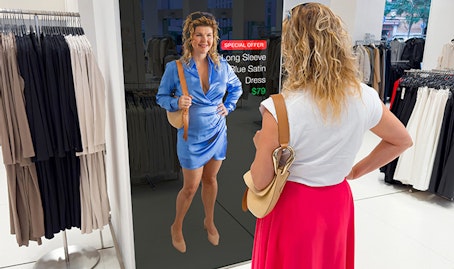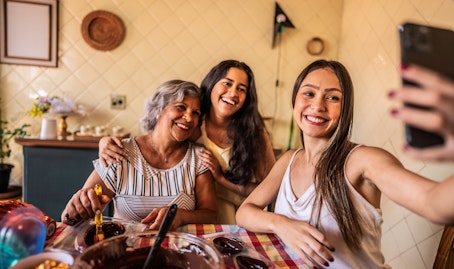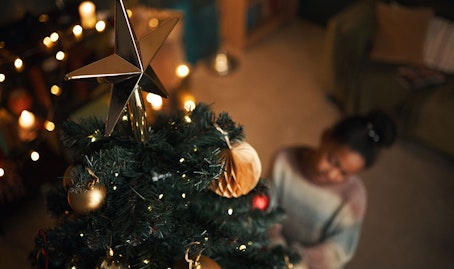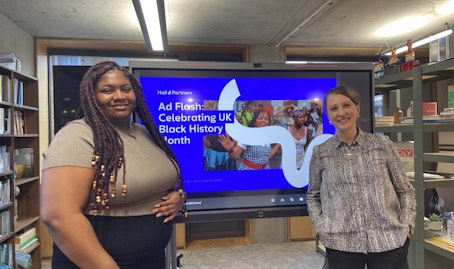Perspectives
Why do so few brands dare to be different?

Kurt Stuhllemmer
Hall & Partners

I love marketing, I really do. When done well it showcases some of the most creative and smart thinking and - let’s say it out loud - downright genius from the rare breed of thoroughbred that we call marketeers.
RIP Duo
To give credence to this claim let’s start with language learning app Duolingo’s recent ‘death of Duo’ campaign. For the uninitiated, warm up your social media of choice, grab a cuppa and enjoy the ‘story’ of how a brand used its much ‘loved’ brand icon, Duo the owl, in an absolute marketing masterclass. They took what was arguably their most distinct and well-known brand asset, the owl and…. they killed him, dead. Just like that. Following hot on the tracks of the demise of the winged Twitter (X) mascot, both now find themselves retired to the place where old birds go to rest (the farm right?).
Madness, I hear you scream, sadness I see you feel…. He shouldn’t have been pulled out, I hear the Durex brand manager retort as the Kellogg’s team send sympathies from ‘one bird to another’. Brands from far and wide piled in with witty retorts and messages of sympathy. The end result? A huge amplification of brand and business off the back of using their widely recognised asset in a way that few people could have predicted.
An era of distinctive-less
This got me thinking about distinctiveness (thank you Mr Byron Sharp) or, more precisely, the general death of it. It’s not just Duo the owl that’s had a bad year, I propose that distinctiveness is in steep decline. The likes of Duolingo, with its shining example of how to stand out from the crowd by doing things differently, are becoming a rare breed, a near extinct dodo of the brand world.
Once upon a time, brands were bold, unique, and instantly recognisable. Coca-Cola’s signature script, Apple’s sleek minimalism, and Chanel’s timeless interlocking Cs all stood as testament to the power of distinctiveness. But today, we find ourselves in an era where differentiation is increasingly sacrificed at the altar of uniformity. Across industries—especially in luxury, technology, and fashion—brands are morphing into near-identical entities, losing the very distinctiveness that once set them apart.
Take luxury fashion. Historically, brands like Yves Saint Laurent, Balenciaga, and Burberry boasted idiosyncratic logos that reflected their heritage and artistic direction. Fast forward to today, and the iconic serif fonts, rich embellishments, and handwritten scripts have all but disappeared. In their place: sleek, sans-serif, capitalised wordmarks that could belong to almost any premium brand. This shift, initially led by Hedi Slimane at Saint Laurent, has trickled down to countless others, including Balmain, Balenciaga, and even heritage brands like Burberry and Berluti.
A fade to grey
The same homogeneity plagues industries beyond fashion. Tech companies, once radical in their visual identities, now all seem to embrace soft gradients, rounded sans-serif fonts, and near-identical user interfaces. And it runs deeper than fonts and logos; car manufacturers, for example, are converging on a single design language, where vehicles become increasingly indistinguishable apart from the badge.
Not only that, but looking at the colourways of cars over the decades and to misquote Mr Ford, “you can have any colour you want as long as it’s black… grey or white”.

We are seemingly shifting to a monochrome world – where driving a brightly coloured car is increasingly becoming a rarity.
And this is not limited to our choice of car; the world is a little greyer than it was just a decade ago. The rather depressing chart below, based on research conducted by the Science Museum, shows that grey is on the rise across photos and products.
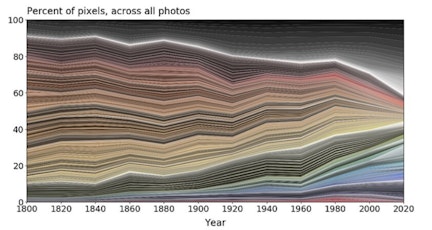
Arguably, the rise of grey might sit well with readers aspiring to be MI5 agents - but is more worrying from a marketing perspective given the intuitive emotional psychology of colour and its influence on the overall brand story. If brands lose focus on distinctiveness, at every touchpoint, they erode some of the secret sauce that helps tell the story, gain attention and build memorability.
Colour psychology supports this argument. Colours communicate and evoke emotions, capture and command attention – simply put, they are one of many important tools used to craft and deliver a distinctive brand and story. We also know colour and purchasing behaviour have a strong link -a study by the Pantone Colour Institute highlighted that consumers spent more time looking at products with vibrant colours than those with muted hues. In addition, there’s evidence that the ‘warmth’ of colours can affect peoples’ propensity to pay more for a product (as seen ina study by the Journal of Retailing and Consumer Services).
Why – and what to do?
Why are we experiencing such a shortage of brands that are joyfully and consciously conspicuous? The pursuit of ‘timelessness’ has created an unintended blandness. In a digital-first world, brands seek scalable, globally recognisable identities that translate seamlessly across platforms. But in doing so, they risk erasing the emotional resonance that once made them unforgettable. A desire to fit into category norms has resulted in an ocean of sameness, rather than a landscape of distinction.
So what can marketeers and creative agencies do to counteract this encroaching uniformity?
Go back to the brand’s roots – What made it unique in the first place? What did it set out to achieve? Why was it loved? Visual identity, tone of voice, and historical references should be leveraged - brand heritage reclaimed to reinforce distinctiveness.
Take calculated risks – Instead of following industry-wide design trends, brands should break category codes. A disruptive logo, unconventional packaging, or bold marketing campaign can help brands stand out in cluttered and increasingly homogeneous markets.
Invest in more than looks - A brand’s visual identity is just one part of what makes it distinctive. The whole brand experience – including design, customer service, and product innovation - should all reinforce uniqueness.
Brands that dare to be different will attract consumer attention; they will also foster deeper emotional connections, command higher premiums, and build longer-term loyalty. In a world where so many players are notable only for their similarities, ultimately blending into one, the most powerful move a brand can make is to stand apart. Despite a distinctly grey marketing landscape, there are still some brands that zig while the herd zags; take inspiration from them – and don’t let Duo die in vain…
Talk to our team of experts
Learn how we can deliver actionable insights and creativity to drive brand growth.


